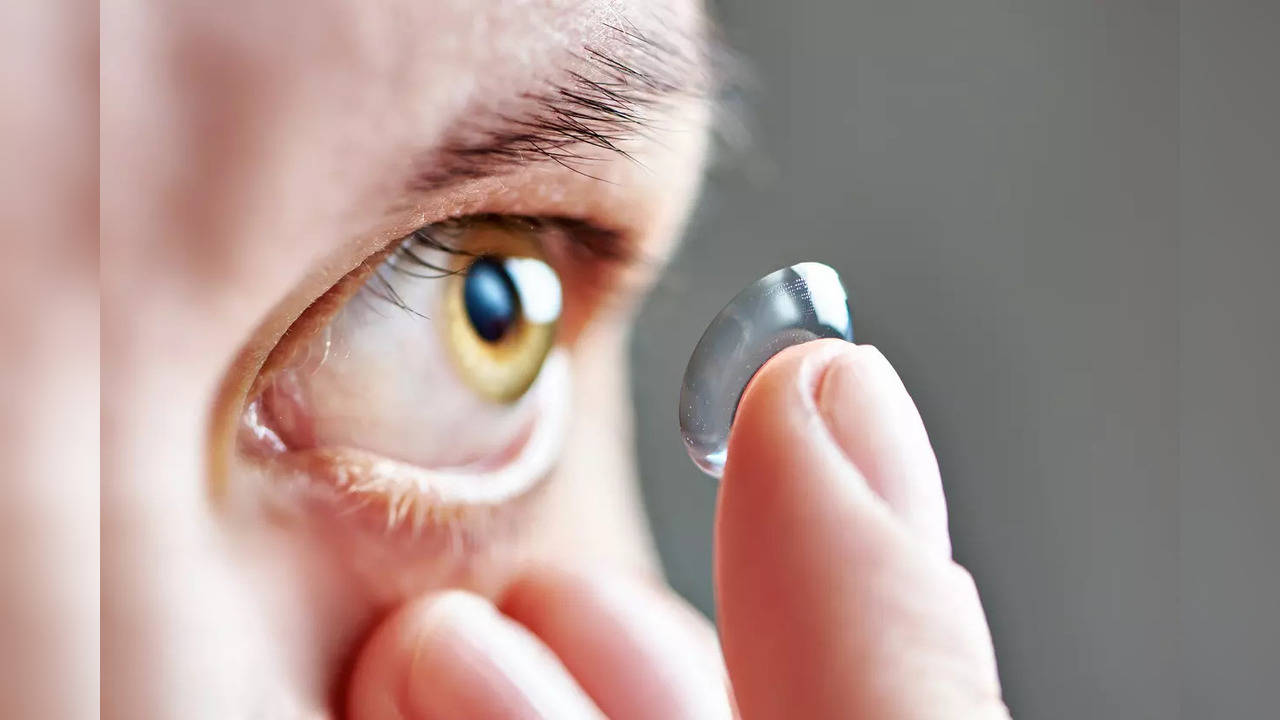Scientists are developing smart contact lenses that can diagnose cancer from tears
The lens was designed with microchambers linked to antibodies that can capture exosomes found in tears. This Antibody-Conjugated Signaling Microchamber Contact Lens (ACSM-CL) can be colored for detection with specific nanoparticle-labeled antibodies for selective visualization.
This offers a potential platform for cancer pre-screening and a simple, rapid, sensitive, cost-effective, and non-invasive supportive diagnostic tool.
Exosomes are formed in most cells and secreted into many body fluids, such as plasma, saliva, urine, and tears. Once thought of as dumping grounds for unwanted materials from their cells of origin, it is now known that exosomes can transport different biomolecules between cells.
But the TIBI team designed its ACSM-CL to capture exosomes from tears, an optimal and cleaner source of exosomes than blood, urine and saliva.
“Exosomes are a rich source of markers and biomolecules that can be targeted for several biomedical applications,” said Ali Khademhosseini, Director and CEO of TIBI.
“The methodology that our team has developed greatly facilitates our ability to tap into this source.”
In an initial validation experiment, ACSM-CL was tested against secreted exosomes in supernatants from ten different tissue and cancer cell lines. The ability to capture and detect exosomes was validated by the spectroscopic shifts observed in all samples tested, compared to negative controls.
Similar results were obtained when ACSM-CL was tested against ten different tear samples collected from volunteers.
In the final experiments, exosomes in supernatants collected from three different cell lines with different surface marker expressions were tested against ACSM-CL, as well as different combinations of marker-specific detection antibodies.
The resulting patterns of detection and non-detection of exosomes from the three different cell lines were as expected, thus validating the ability of ACSM-CL to accurately capture and detect exosomes with different surface markers.
Disclaimer: This story was published by a news service and nothing except the title has been edited by Times Now.


Comments are closed.